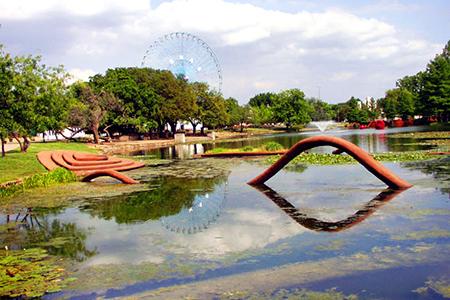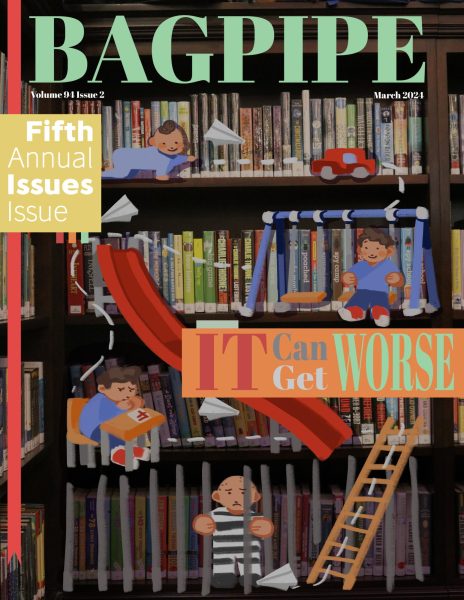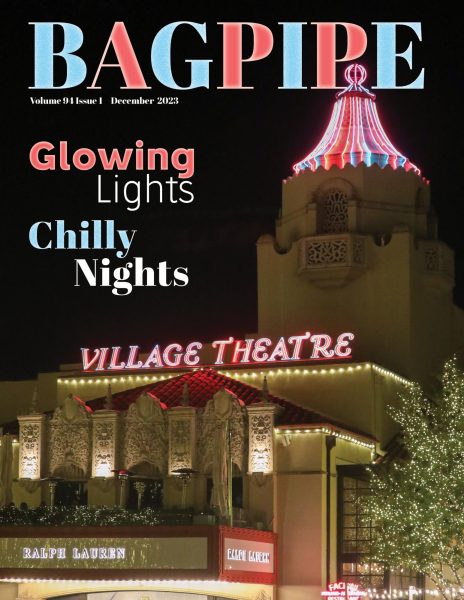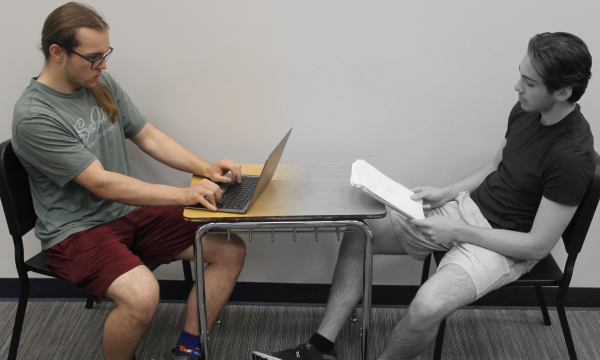Dallas’ diamond in the rough

Fair Park is a valuable asset to Dallas, but sits empty most of the year
For one month a year, Fair Park is the center of Dallas’ attention, as the State Fair of Texas lures in visitors to experience its colorful rides and eat the newest creations in the realm of fried foods. However, once the fair ends and the crowds leave, Fair Park’s 277 acres sit virtually empty, although all parts of the park but Midway (the rides and games section) are open year-round. Yes, that’s right, the gates of Fair Park are wide-open to the public 365 days a year for free. Yet, not a soul can be seen in the park on a typical day, which begs the question: why is Fair Park not living up to its true potential, and what can be done to bring people to the park and the surrounding neighborhood?
Upon entering Fair Park, one would notice that it is almost entirely surrounded by parking lots. These parking lots were created by tearing down neighborhoods adjacent to the park several decades ago. However, they are only extensively used during the State Fair’s monthlong window of operation, and one overflow parking lot is only used one day a year for the Texas vs. Oklahoma rivalry game at the Cotton Bowl. Also, the parking lots have cut off Fair Park from the surrounding neighborhoods, as it has become more of a destination than a local hangout spot. There have been proposals to build tower parking structures in their place, or simply install green space where the parking lots currently exist. However, the best proposal is to reclaim the parking lots for neighborhood use and build dense, affordable housing. The new neighborhood would bring residents to Fair Park, spur development and create a community that is connected to the park. The residents would have the benefit of being less than 10 minutes away from Downtown Dallas, and would have easy access to a major DART light rail stop, not to mention having the vast acres of Fair Park at their fingertips.
Another big problem with Fair Park is that its amenities are severely under-utilized. Only Gexa Energy Pavilion and the Cotton Bowl host numerous events throughout the year. Other than that, the park’s landmark Art Deco buildings (used as exhibition halls during the fair) sit vacant the majority of the year. Several ideas to better utilize these buildings have been proposed, one of the most popular ones being to open a culinary school in one of the buildings. A culinary school would bring students to Fair Park to live, study and play, and that in turn would foster development in the surrounding neighborhoods, perhaps attracting new restaurants or events to Fair Park. Cultural attractions and museums would also fit nicely into the fabric of Fair Park, and several already exist, such as the African-American Museum and the Texas Discovery Gardens. The goal would be to bring more of these attractions to the park’s pre-existing venues, which would draw in more local visitors on a consistent basis and make Fair Park a vibrant place once again.
Fair Park is truly Dallas’s diamond in the rough. The space and facilities already exist; they just need to be more attractive to visitors and better connected to the surrounding community. The proposals and plans may take many years to become reality, but when they do, Fair Park will be the envy of cities across America.











